Growing your corn at home is both satisfying and rewarding, especially when you get it right! In this blog, I’ll guide you through the essential steps of planting, nurturing, and harvesting corn, inspired by my experiences in a quaint London home garden. Let’s bring the taste of fresh, homegrown corn to your table!
Introduction to Growing Corn
Growing corn is a fulfilling endeavor, blending effort and reward equally. Whether you dream of sweet corn for summer gatherings or robust varieties for hearty recipes, getting the basics right is crucial. Corn, a warm-weather crop, thrives in sunny gardens and has been a staple in homegrown traditions for generations.
Start by choosing the right variety to match your preferences and climate. Corn isn’t just a treat for the palate; it’s a versatile ingredient with endless culinary possibilities. Think buttery fresh cobs on the grill, rich corn soups, or even homemade cornmeal for baking. With the right care, your corn-growing journey can transform into a flavorful adventure!
Choosing the Right Variety of Corn
When choosing which corn to grow, think about the type that fits your needs and taste:
- Sweet Corn: A favorite for fresh eating and grilling, with its tender kernels and natural sweetness.
- Popcorn: A fun choice that transforms into a tasty, crunchy snack when heated.
- Dent Corn: Often used for making cornmeal or as animal feed, recognizable by its distinctive “dent” at maturity.
- Flint Corn: Hard, colorful kernels are ideal for decoration or grinding into cornmeal.
Each variety has unique traits and requires specific growing conditions. Research your local climate and soil to find the best match. For example, sweet corn thrives in areas with longer growing seasons, while dent or flint corn varieties are often more adaptable to cooler climates. Choosing the right type for your garden ensures a bountiful harvest tailored to your needs!
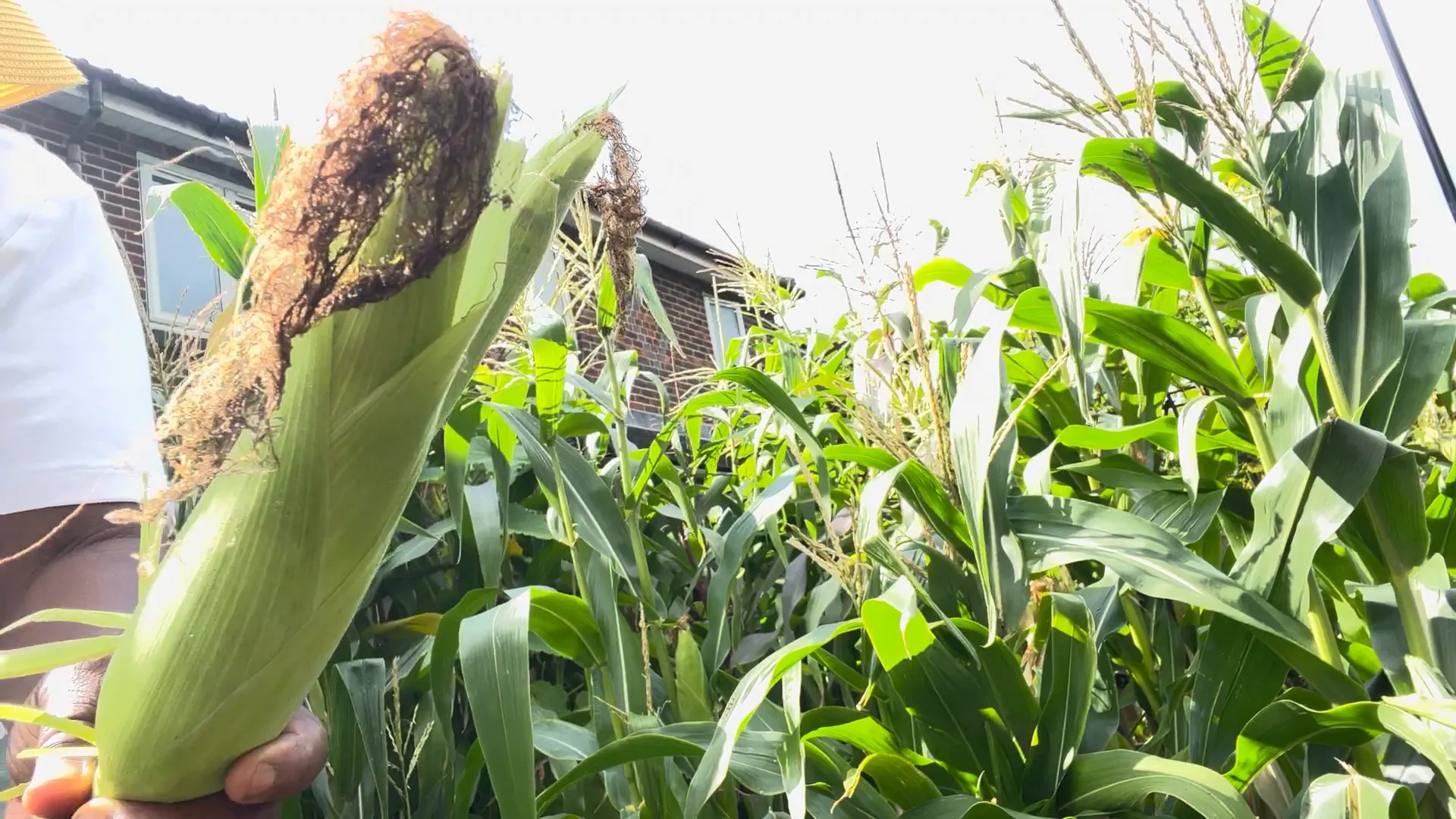
Preparing for Planting
Preparation is everything when it comes to growing a thriving corn crop. Begin by selecting a sunny spot with well-drained soil, as corn needs plenty of sunlight to grow tall and healthy. Since this crop is a heavy feeder, enriching your soil with compost or well-rotted manure is a must. For the best results, test your soil to check its pH (aim for 6.0-6.8) and nutrient levels, adjusting as necessary with organic fertilizers.
Planning your planting layout is just as important as preparing the soil. Corn thrives when planted in blocks rather than single rows, as this setup ensures effective pollination. Corn relies on wind to transfer pollen from its tassels to the ears, so having multiple closely spaced plants increases the likelihood of every ear filling out with plump kernels. With the groundwork laid, your corn will have the best chance to grow strong and yield a rewarding harvest.
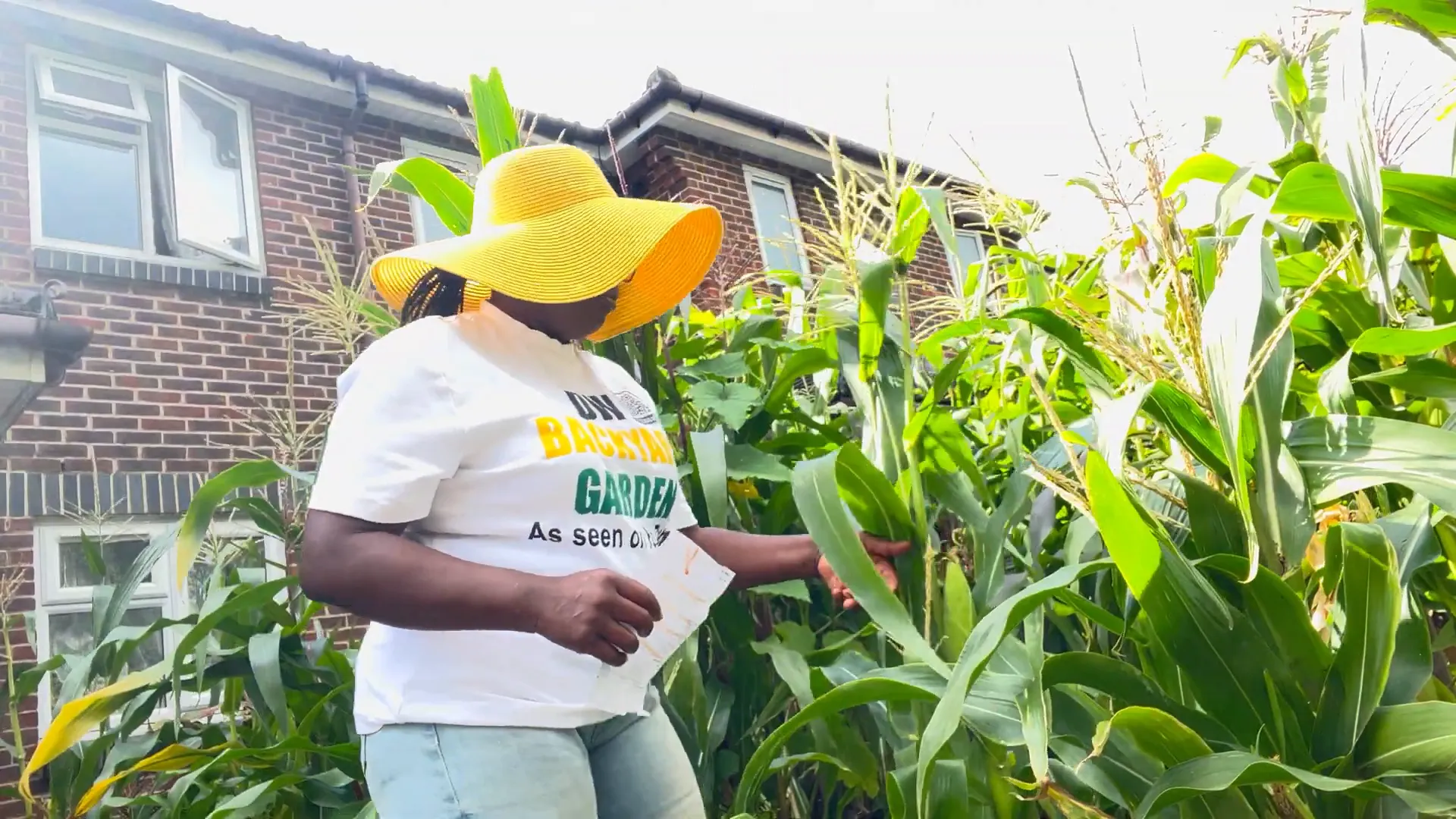
Planting Corn Indoors
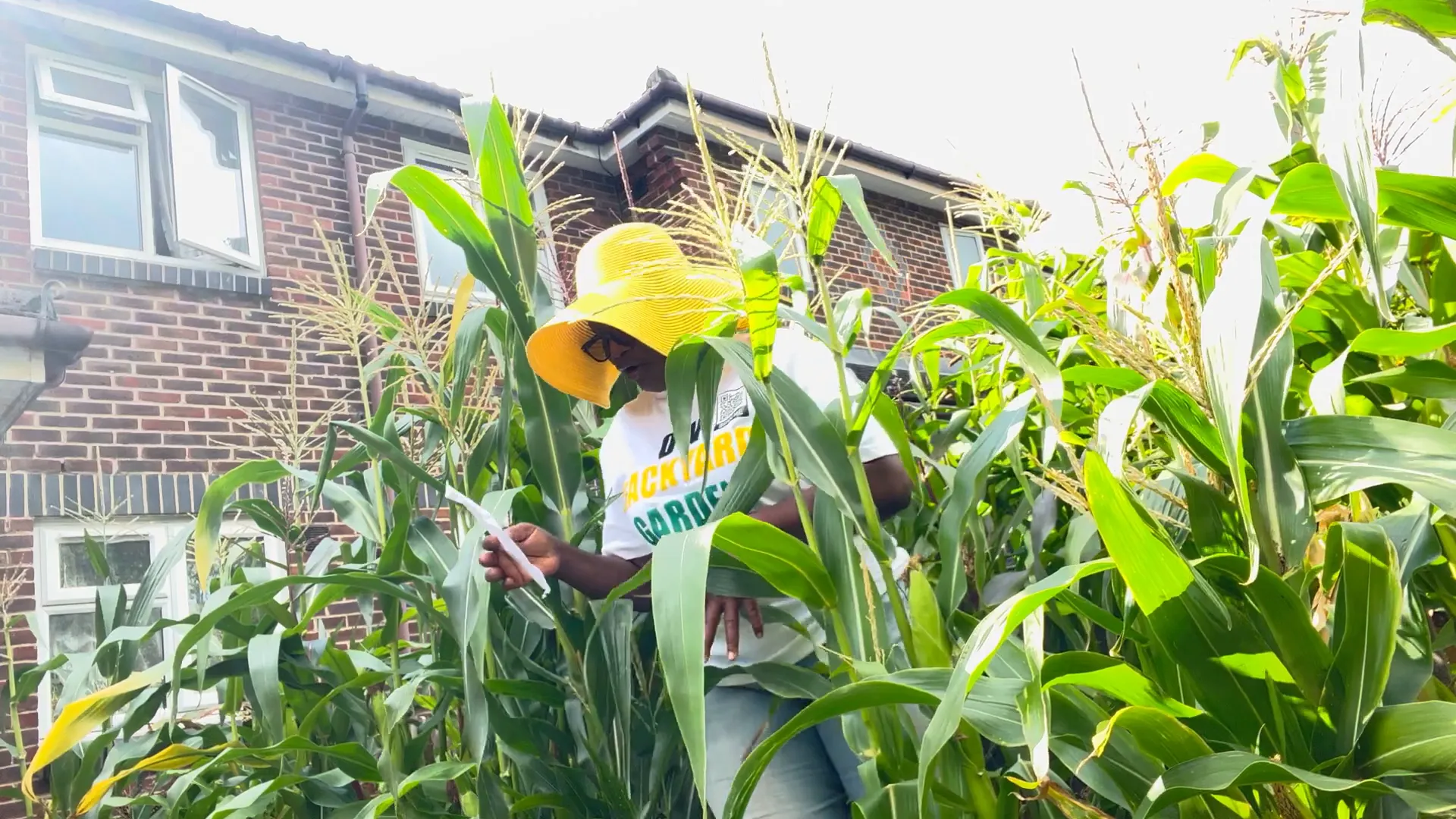
Understanding Water and Fertilizer Needs
Corn loves water and nutrients, making proper hydration and fertilization essential for a bountiful harvest. To keep your plants happy, maintain consistently moist soil, especially during key growth stages like germination and kernel formation. Ideally, corn requires about 1 to 1.5 inches of water per week, whether from rainfall or manual irrigation. Be sure to water deeply, as corn has a robust root system that benefits from thorough hydration.
For fertilization, corn thrives with a balanced fertilizer or one that is high in nitrogen, which supports its vigorous growth. Start by applying fertilizer at planting and working it into the soil to give the young plants a strong start. Once the plants reach about knee height, apply a second round of fertilizer to sustain their energy needs through their rapid growth phase. Keeping your corn well-watered and nourished will set the stage for healthy plants and a thriving crop.
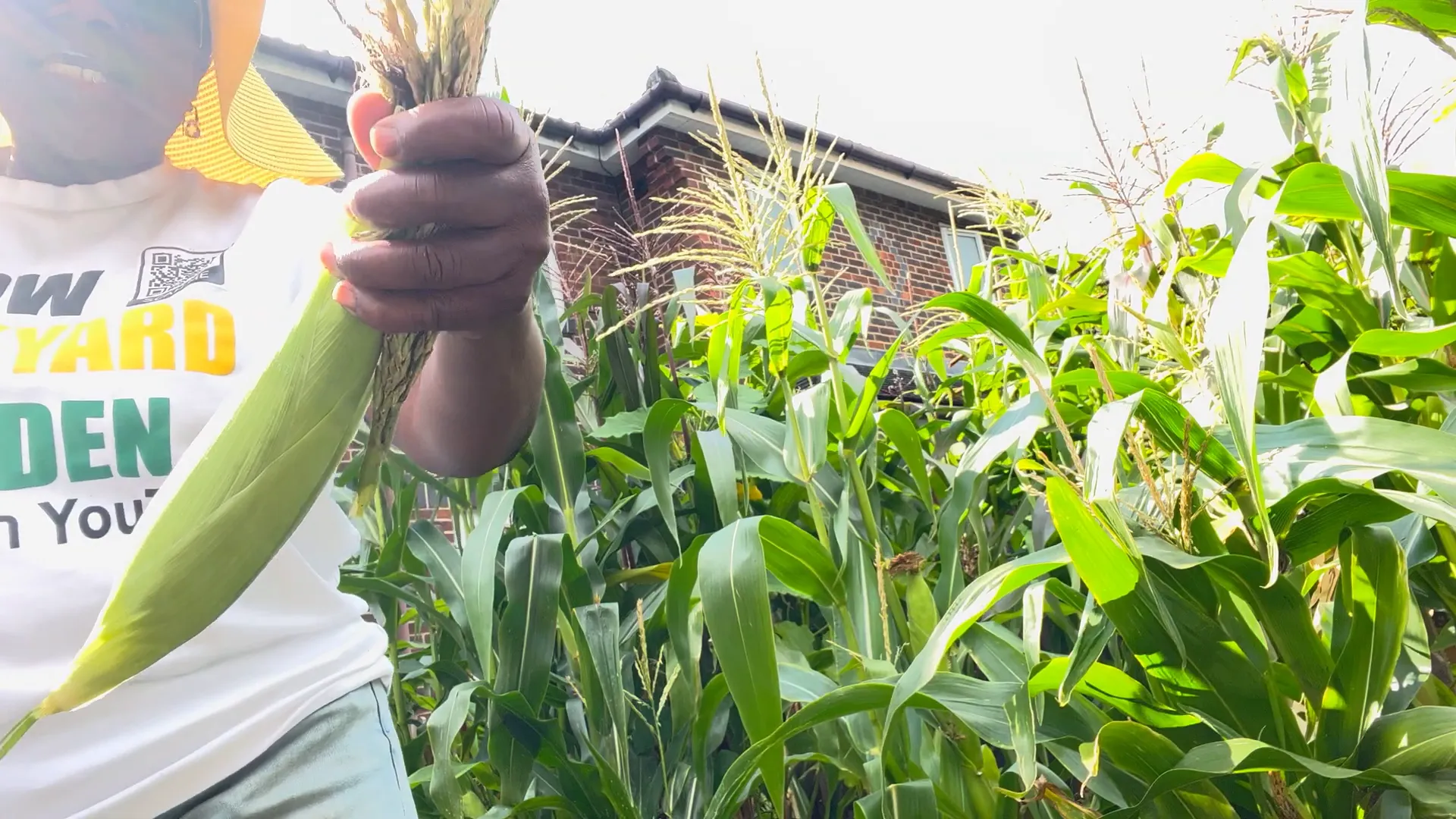
Pollination Process and Techniques
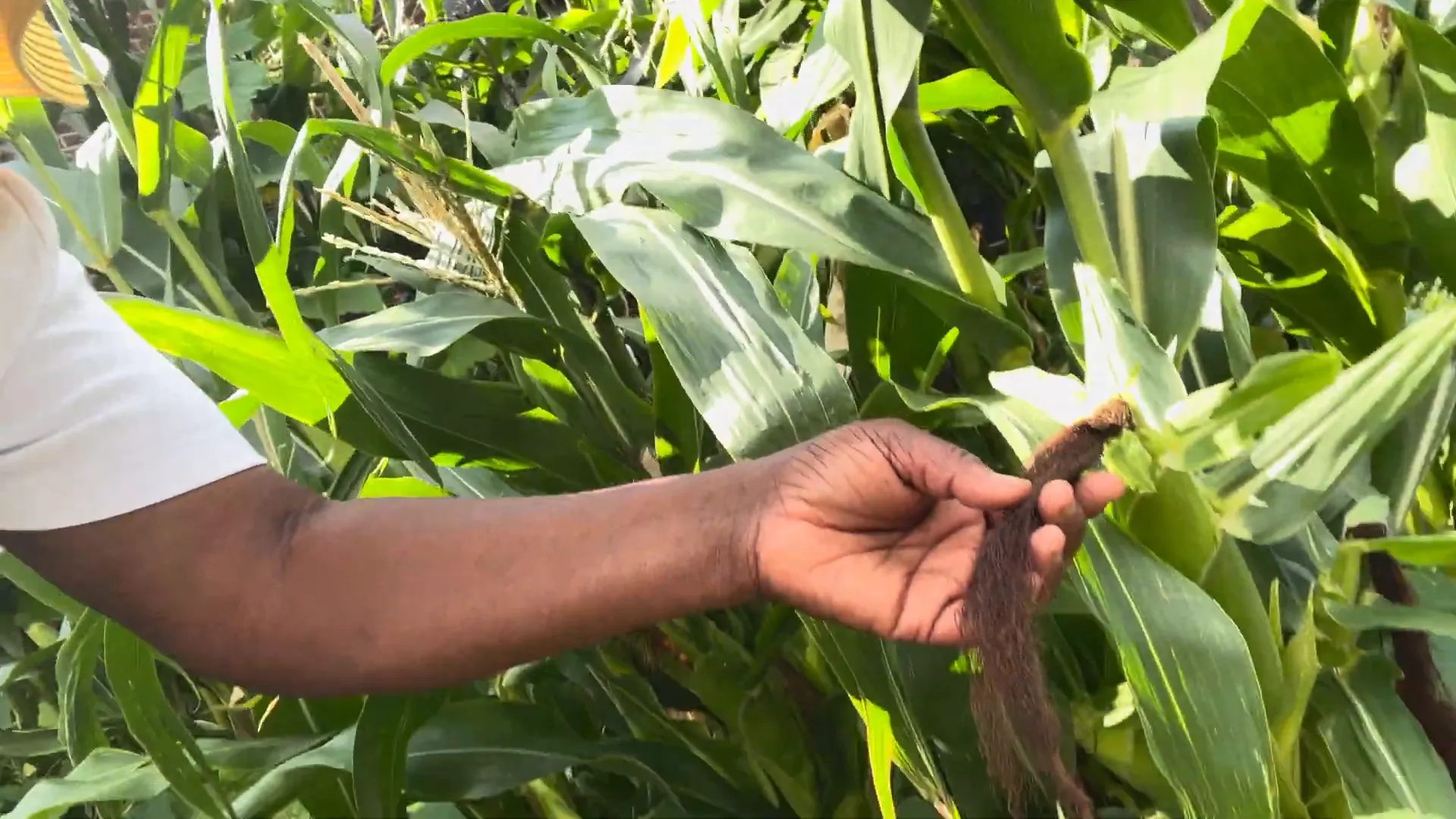
Recognizing When Corn is Ready to Harvest
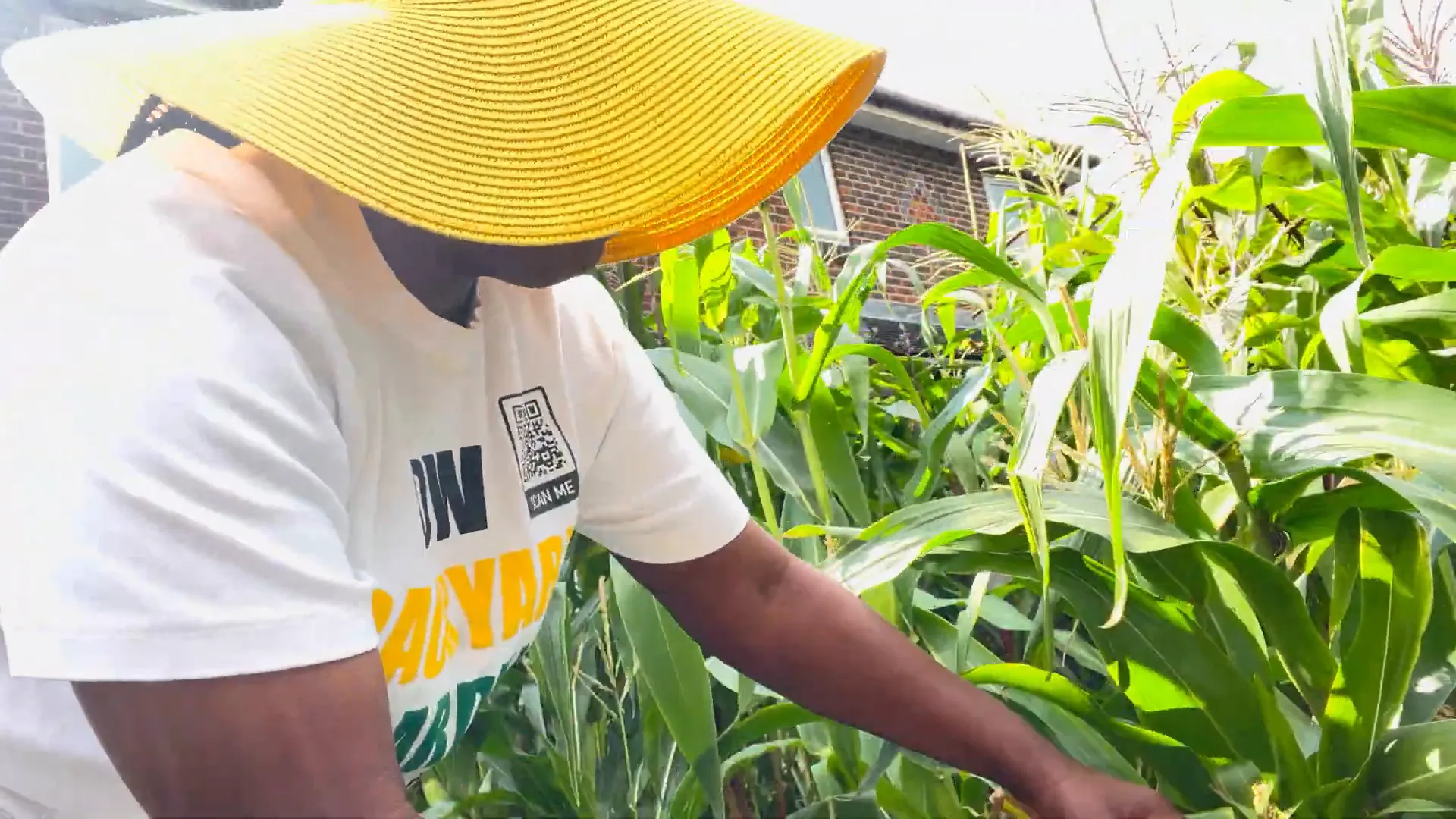
Weeding and Pest Control Strategies
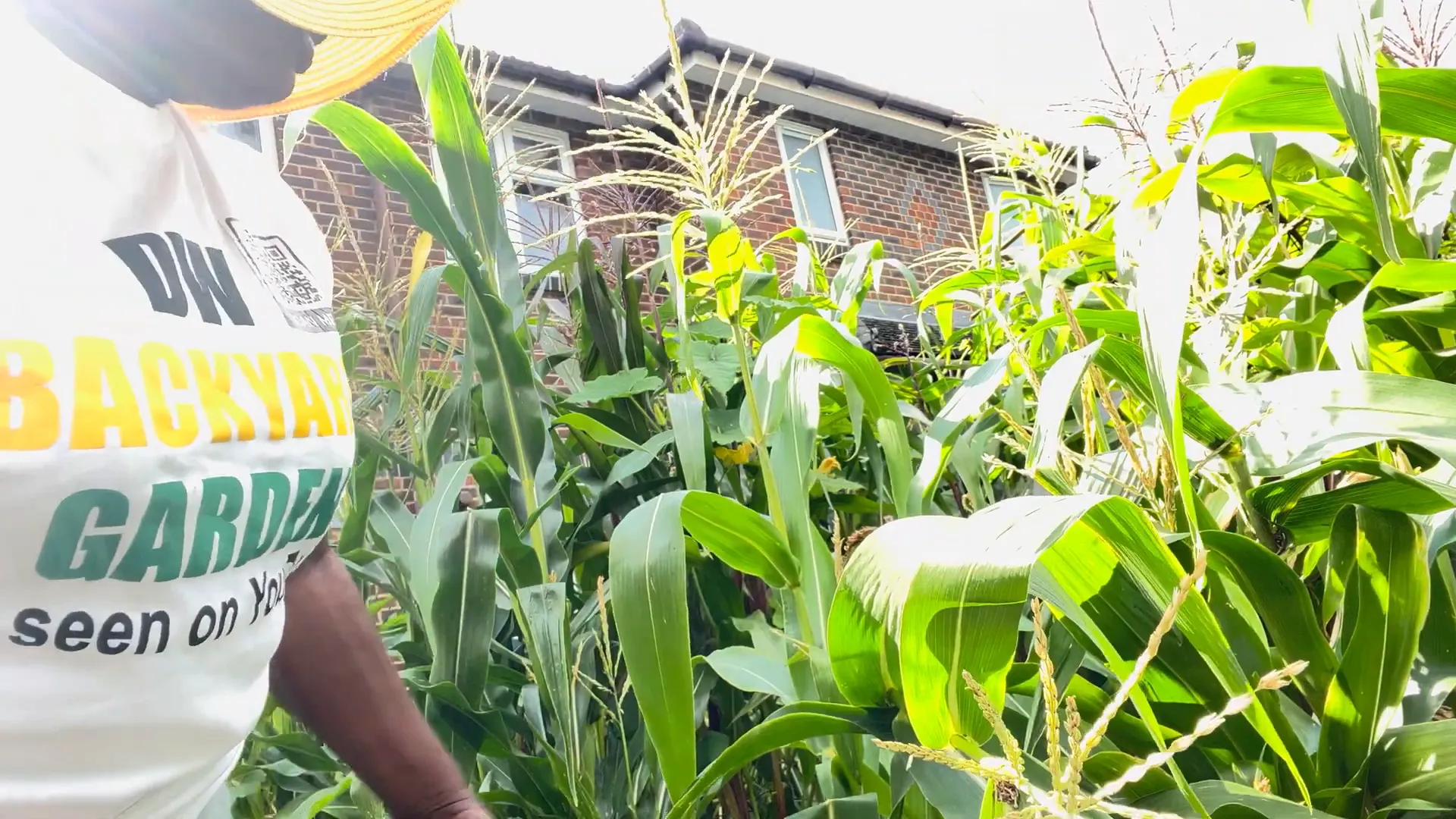
Harvesting Techniques and Tips
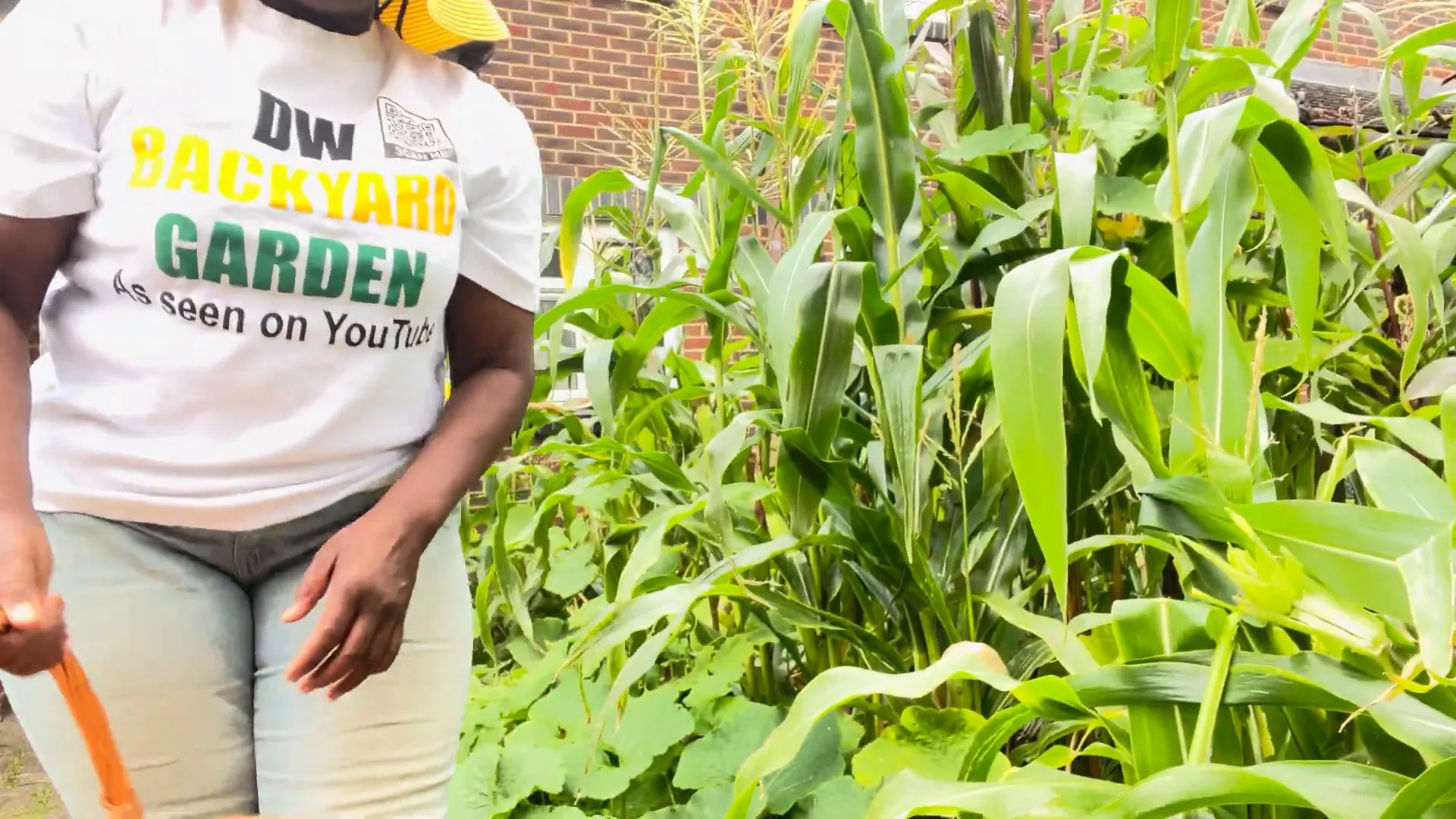
Post-Harvest Care and Storage
After harvesting your corn, proper handling is key to preserving its freshness and flavor. If you plan to enjoy your corn fresh, consume it within a few days for the best taste. Wrap it in a damp cloth and store it in the refrigerator to keep it crisp and juicy for longer.
For longer-term storage, freezing is an excellent choice. Start by blanching the corn—briefly boil the ears in water, then transfer them to an ice bath to stop the cooking process. Once cooled, cut the kernels off the cob and place them in airtight freezer bags. This method locks in the corn’s sweet flavor and essential nutrients, ensuring you can savor your homegrown harvest even after the season ends.
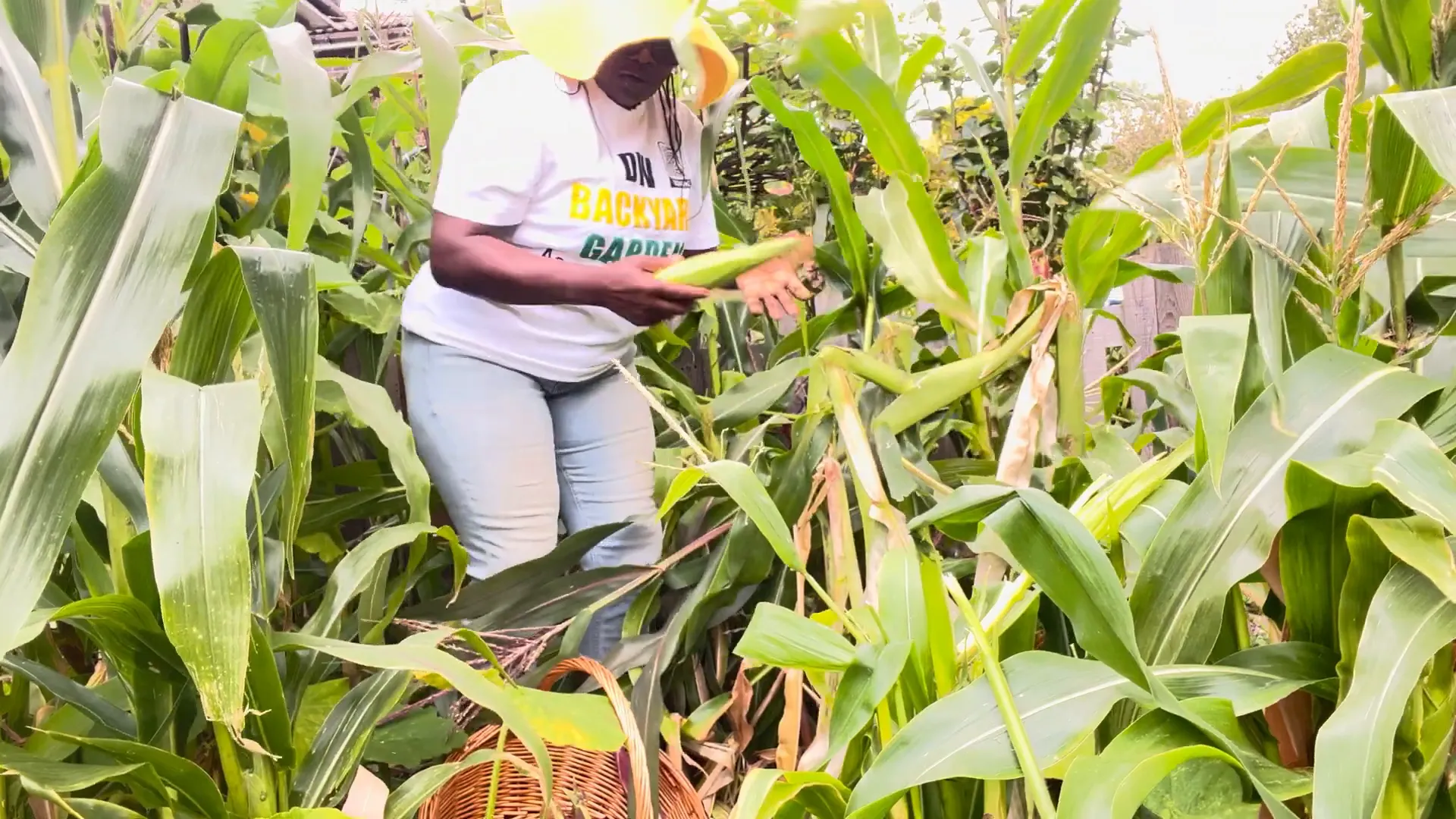
My Encouragement to Start Planting
Growing corn at home is a rewarding adventure that yields delicious results when approached with care and attention. Each step, from selecting the right variety and planting to nurturing and harvesting, contributes to the success of your crop.
Ready to take on the challenge? With proper preparation, consistent care, and a little patience, you can enjoy the unparalleled sweetness of homegrown corn in your dishes. Don’t forget to share your journey, tips, and harvest with fellow gardening enthusiasts—there’s nothing like connecting over the joy of a bountiful home garden!
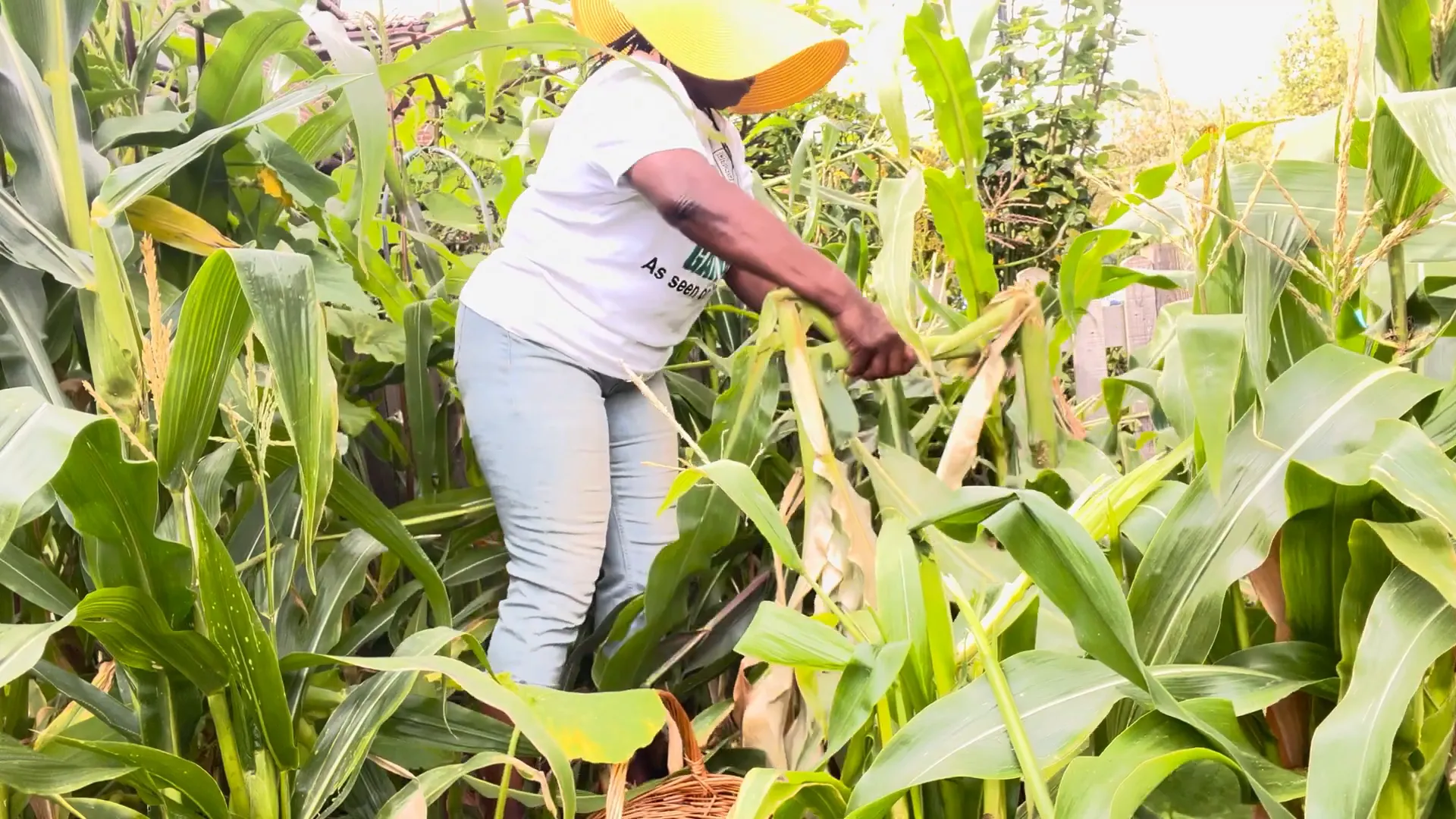




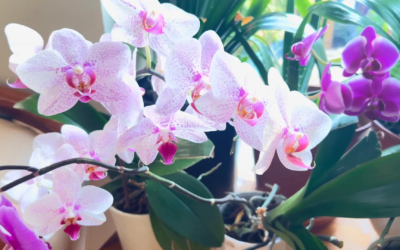
0 Comments